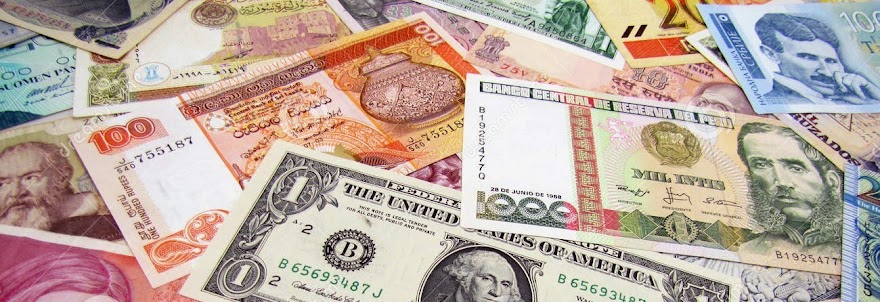Image Curtsey: Bank of Canada
"Playing cards would be used as currency in Canada during 1600s. In 1685, playing cards were introduced to Canada as it was a French colony. Due to slow transit times from France, playing cards were often marked with a value and signed by the governor to mark it as official currency. The card-money was in circulation as money for 70 years."
The administration of New France in Canada counted on the arrival of cash from France in order to pay civil servants, suppliers, soldiers and clerks ca. 1680. There was confusion that the ship did not arrive until the end of the season, and even more if it did not come at all. In ca. 1685 Intendant Demeulle invented a type of paper money with the purpose of meeting the expenses and fill up the delay.King's consent granted, The Governors to write money face values on playing cards and affixed his seal to them (see below). When the king's ship arrived, he redeemed this "card money" in cash. This system was brought to an end, ca. 1686 but it was necessary to return to it during the period 1689-1719. In 1714, card money to a value of 2 million livres was in circulation, some cards being worth as much as 100 livres.
King of Hearts, And on the reverse 50 livres face value hand written dated 1714. The authenticity is not confirmed. Image Curtsey: Bank of Canada
Playing cards and their money value hand sketched as it appears on obverse and reverse.
Image Curtsey: the Canadian encyclopedia & Library and Archives Canada/C-17069
The King later returned to using card money in 1729 because the merchants themselves demanded it, this time using white cards without colours (see below), which were cut or had their corners removed according to a fixed table. The whole card was worth 24 livres (which was the highest sum in card money); with the corners cut off, it was worth 12 livres; etc. In the 18th century card money was not the most important form of paper money. There was the certificat (certificate), a certified sum given to the supplier by the storekeeper. The ordonnance, a promissory note, was signed by the intendant on a printed form, and like cards and certificates, was redeemable by a lettre de change (bill of exchange) on the Naval Treasury. Finally, there was the lettre de change, or traite, used between private citizens to avoid a cash transfer, which the state also used, particularly to redeem paper money. After the Conquest Canadians still held some 16 million livres in paper money, of which only 3.8% was in card money.
1729, 24 livres, Quebec, New France, Canada
Image Curtsey: Paul Fraser Collectibles Ltd
The above image: Back when the ruler of the province was Governor Beauharnois, citizens of Quebec were clamoring to be able to use cards to buy things. Of course, these were not debit cards - this was the early eighteenth century - but simply pieces of card which made convenient pieces of currency. In 1729 the governor, having received permission from the King of France, Louis XV, consented. Graded Very Fine 25 by the PMG (Paper Money Guarantee company), the 24 livres piece from 1735 doesn't look valuable at a glance, but for a number of years card money was a popular and trusted currency readily exchangeable for silver coin, facilitating trade with mainland France. It was sold with a guide price of $22,000-25,000. A very rare collectible banknote indeed!
A collection of some similar types from private collections:
Please Identify them:
Governor Beauharnois signature, 17??
left card: Governor Beauharnois signature, 1733
Governor Beauharnois signature, 1735
All images are contributed to blogger. It is published in the blog for education purposes.
Acknowledgements:
Bank of Canada
Paul Fraser Collectibles
Private Collectors











